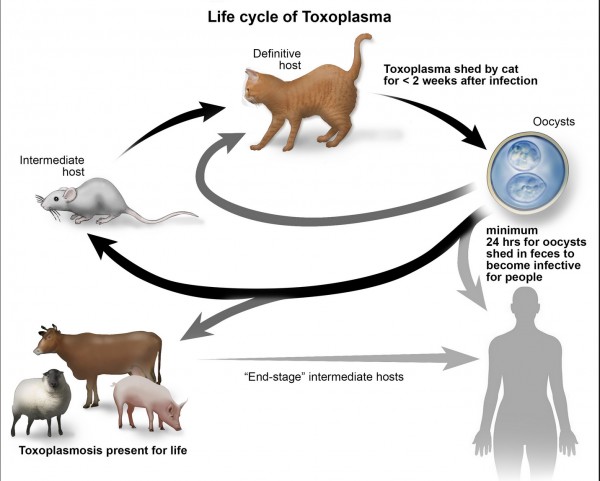_______ is a genus of protist whose secondary host is a mouse and primary host is a cat. This parasitic protist, however, can infect a human fetus by crossing the placental barrier, ultimately causing brain damage.
a. Plasmodium
b. Paramecium
c. Trypanosoma
d. Giardia
e. Toxoplasma
e. Toxoplasma gondii an ubiquitous protozoan parasite can cause this. This protozoan can develop several potential routes of transmission within and between different host species including humans as seen by
- Eating undercooked meat of animals harboring tissue cysts .
- Consuming food or water contaminated with cat feces or by contaminated environmental sample (such as fecal-contaminated soil or changing the litter box of a pet cat) .
- Blood transfusion or organ transplantation.
- Transplacentally from mother to fetus.

You might also like to view...
The Pribnow box of E. coli
A. is centered approximately 10 bp upstream of the start site of transcription. B. is centered between 7 and 13 bp upstream of the start codon. C. is located at the site of addition of poly (A) in eukaryotic mRNAs. D. is centered approximately 35 bp upstream of the start site of transcription.
It has been estimated that if everyone in the
world had the same lifestyle as the average American, it would require ___ more Earths.
a. 1 b. 2 c. 3 d. 4 e. 5
In natural communities, some feedback mechanisms operate whenever populations change in size;
they are a. density-dependent factors. b. density-independent factors. c. always within the individuals of the community. d. always outside the individuals of the community. e. the same as genetic drift.
Small molecules and ions can pass through gap junctions.
a. true b. false